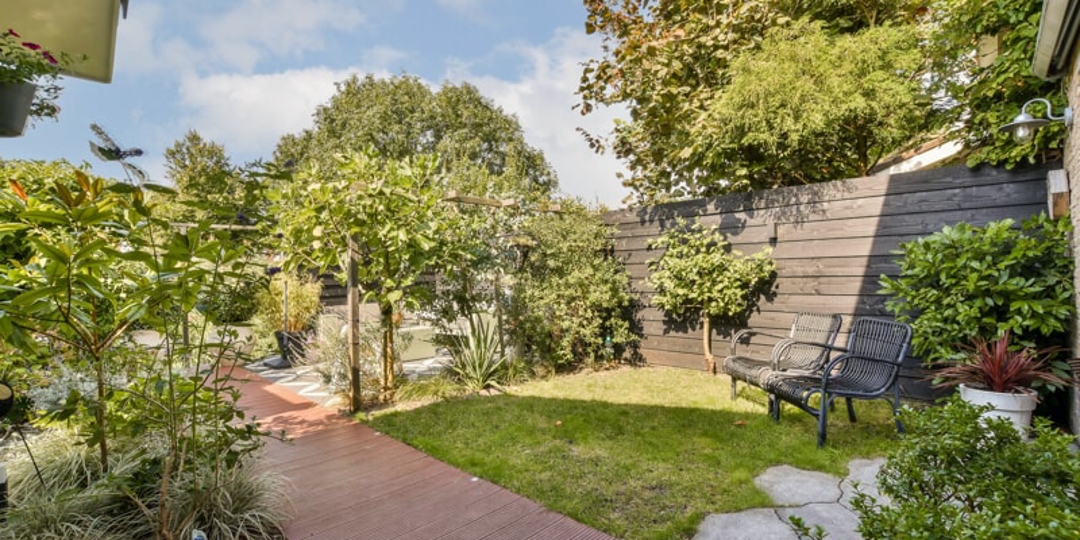Planting native trees in local gardens is one of the most effective ways to attract small mammals, pollinators, and a diverse range of bird species. Native tree species are not only hardy and resilient, but they also provide essential food, shelter, water sources, and nesting sites.
By supporting the local wildlife habitat, native trees and shrubs play a key role in encouraging biodiversity. Monster Tree Service of Northwest Houston offers helpful resources and professional support for anyone interested in creating wildlife-friendly gardens.
Why Native Trees and Shrubs Matter
Northwest Houston is home to a wide variety of native and non-native plants. However, native host plants are better suited to local soil, weather patterns, and the needs of regional wildlife. Native plants typically require less water, making them a low-maintenance and sustainable option.
In addition to their resilience, native trees and shrubs provide vital food sources and safe spaces for wildlife. Many native species offer beautiful flowers that produce seeds and fruits enjoyed by birds and small mammals. Pollinators such as hummingbirds, monarch butterflies, and moths also rely on native nectar plants. The Houston Zoo, for example, features 14 native plant areas specifically designed to support pollinators like monarch butterflies.
Planting native species also attracts beneficial insects that contribute to a healthy ecosystem. These insects pollinate native plants, increasing fruit production and supporting insect-eating birds. Insect conservation creates a thriving habitat that benefits the entire food chain.
Best Native Trees and Shrubs for Wildlife
The live oak is one of the most iconic native trees in Northwest Houston. With its expansive canopy, it provides valuable shade and supports a wide range of wildlife. Its acorns serve as an essential food source for birds and small animals, and bird feeders are often found nearby.
Yaupon holly, often called "the pride of Houston," is another valuable addition to wildlife-friendly landscapes. This short, multi-trunked tree is an improved variety of the native evergreen yaupon and produces bright red berries throughout winter, offering a reliable food source when other plants go dormant. Its dense foliage provides excellent shelter for small animals.
The wax myrtle also thrives in local habitats. Its waxy berries are a high-energy winter food source for birds such as palm warblers, gray catbirds, and tree swallows. The red-banded hairstreak butterfly often shelters its larvae in the wax myrtle, adding to the plant’s ecological value.
Designing Your Space with Wildlife in Mind
Highly manicured lawns and exotic plants commonly found in modern gardens do not support most native wildlife. These plants often fail to provide adequate cover or nesting opportunities, and the frequent use of chemical sprays can contribute to habitat loss.
Instead, choose a variety of trees, shrubs, and grasses with different heights and densities to create layered spaces that offer both shade and shelter. Mixing shorter and taller plants helps attract diverse animal species. Leave enough open space between plantings to accommodate wildlife movement and create a welcoming, functional habitat.
Supporting Year-Round Habitat
The best way to create a year-round wildlife habitat is by planting native species that provide food and shelter across all seasons. The black-eyed Susan is a hardy perennial that offers nectar and pollen for bees and other insects, seeds for birds, and leafy greens enjoyed by rabbits and deer. Adding a bird feeder near these flowers can help your garden meet the criteria for a Certified Wildlife Habitat.
The purple coneflower attracts bees, butterflies, and small animals like squirrels and rodents. When the flowers are young, they also provide food for slugs and rabbits. These plants offer winter shelter for insects and contribute to a balanced, healthy ecosystem.
Tree Care that Supports Wildlife Health
Caring for trees and shrubs is essential to maintaining a healthy wildlife habitat. Regular pruning prevents the spread of diseases and improves air circulation. Removing dead or diseased branches helps reduce pest infestations and supports the long-term health of your garden.
Proper tree trimming strengthens tree structures, reducing the risk of falling limbs that could harm animals or nearby plants. Well-maintained trees also create stronger, safer habitats for birds. Trimming allows more sunlight and air to reach lower branches, encouraging robust growth and preserving valuable nesting hollows and cavities.
When done correctly, tree care ensures dense canopies continue to offer shade and shelter while remaining visually appealing and safe for wildlife.
Partnering with Monster Tree for Wildlife-Friendly Landscapes
Creating and maintaining a wildlife-friendly garden can feel overwhelming without expert guidance. At Monster Tree Service of Northwest Houston, our professional arborists can help you design and sustain an ideal backyard habitat.
We offer regular tree care services to keep your garden thriving and can recommend the best native plants to attract local wildlife. Contact us today for a complimentary estimate on tree and shrub care and get expert advice to transform your outdoor space into a sanctuary for native species.

